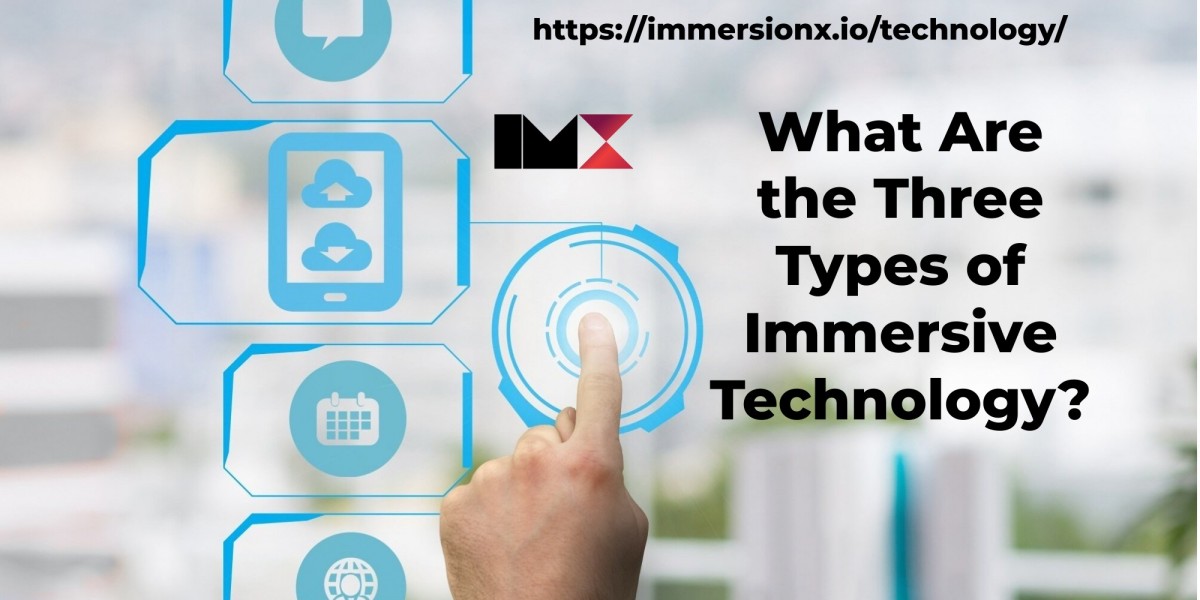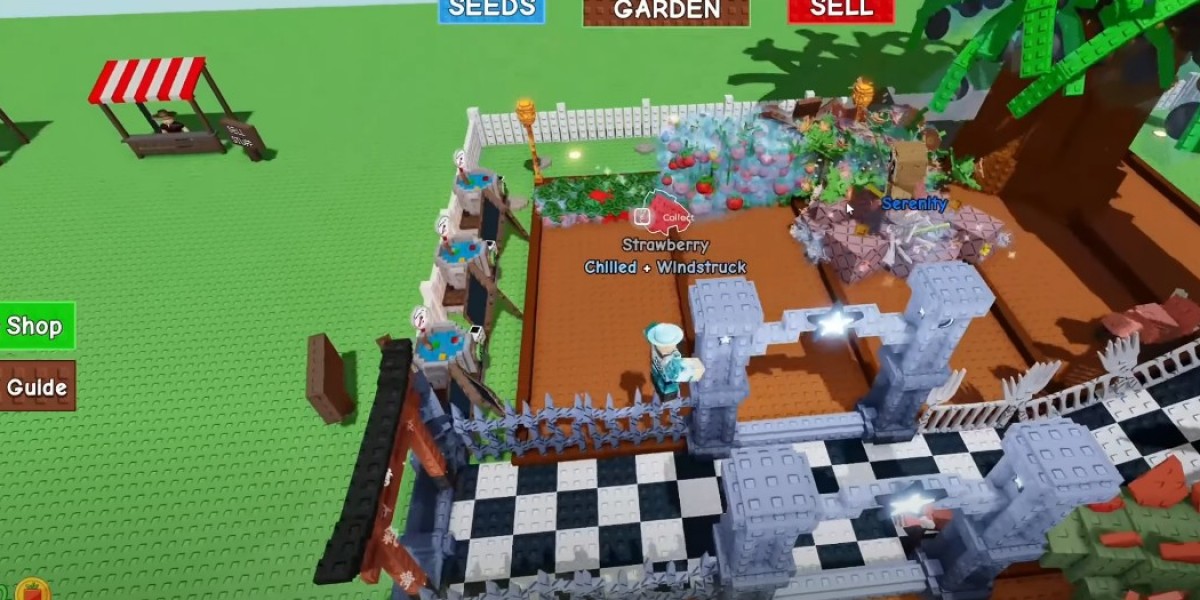Introduction
The rapid evolution of digital experiences has led to groundbreaking advancements in immersion technology. From entertainment and gaming to education and healthcare, immersive technologies have reshaped how people interact with digital content. But what exactly are immersive technologies, and how do they differ from each other? In this article, we delve into the three main types of immersive technology Virtual Reality (VR), Augmented Reality (AR), and Mixed Reality (MR) highlighting their unique features, real-world applications, and the future they hold.
1. Virtual Reality (VR)
What is Virtual Reality?
Virtual Reality (VR) is an immersive technology that creates a fully digital environment, isolating users from the physical world. By wearing specialized VR headsets, users can explore and interact with computer-generated spaces that provide an entirely new reality.
Key Features of VR:
Full Immersion: Users are completely transported to a simulated environment.
Interactive Experience: VR allows interaction with virtual objects through hand controllers and motion tracking.
Sensory Feedback: Some advanced VR systems incorporate haptic feedback, allowing users to feel sensations in the virtual world.
Applications of VR:
Gaming and Entertainment: Games like Beat Saber and Half-Life: Alyx offer fully immersive gameplay experiences.
Education and Training: VR is widely used in medical training, military simulations, and astronaut training programs.
Healthcare: Therapists use VR for exposure therapy and pain management.
Real Estate: Virtual property tours allow buyers to explore homes remotely.
Retail and E-commerce: Brands like IKEA offer VR shopping experiences.
The Future of VR:
With advancements in AI and 5G, VR is set to become even more realistic, improving user experience and accessibility. Companies like Meta and HTC are developing next-gen headsets with enhanced tracking and resolution, promising more immersive applications across industries.
2. Augmented Reality (AR)
What is Augmented Reality?
Unlike VR, which replaces the real world with a virtual one, Augmented Reality (AR) enhances the real world by overlaying digital elements onto it. AR is commonly experienced through smartphones, AR glasses, and head-up displays (HUDs).
Key Features of AR:
Real-World Integration: Digital objects blend with the physical environment.
Device Accessibility: Can be accessed through mobile devices and smart glasses.
Real-Time Interaction: Users can interact with digital overlays dynamically.
Applications of AR:
Mobile Gaming: Pokémon GO popularized AR gaming by blending digital creatures with real-world locations.
Retail and E-commerce: Brands like Sephora and Lenskart offer AR-powered virtual try-ons for makeup and glasses.
Healthcare: AR assists surgeons by providing real-time 3D overlays of anatomical structures during surgeries.
Education: AR apps bring textbooks to life by adding interactive 3D models.
Manufacturing and Maintenance: AR guides technicians with digital instructions, improving efficiency and reducing errors.
The Future of AR:
The AR market is expanding rapidly, with tech giants like Apple, Google, and Microsoft investing heavily in AR hardware and software. Apple’s Vision Pro and Microsoft’s HoloLens are paving the way for more sophisticated AR applications in enterprise and consumer markets.
3. Mixed Reality (MR)
What is Mixed Reality?
Mixed Reality (MR) is a hybrid of VR and AR, where digital and physical worlds merge to create interactive experiences in real-time. Unlike AR, which simply overlays information, MR allows digital elements to interact with the real-world environment dynamically.
Key Features of MR:
Blended Digital and Physical Worlds: Digital objects exist within and respond to the real world.
Spatial Awareness: MR devices recognize and adapt to the user’s surroundings.
Advanced Interaction: Users can manipulate digital elements as if they were physical objects.
Applications of MR:
Enterprise and Collaboration: MR is transforming remote work with immersive meetings using Microsoft Mesh.
Healthcare: MR assists in complex surgeries by overlaying digital models onto the patient.
Training and Simulation: Industries like aviation and military use MR for realistic training scenarios.
Architecture and Design: Architects use MR to visualize building designs in real-world settings before construction.
Gaming: MR-powered games, such as those developed for Microsoft HoloLens, provide highly interactive experiences.
The Future of MR:
MR is still in its early stages, but it holds immense potential for revolutionizing how we interact with technology. As AI and spatial computing continue to evolve, MR will become more seamless, making interactions between digital and physical environments indistinguishable.
Conclusion
Immersive technology is transforming industries and redefining how we engage with digital content. The three primary forms Virtual Reality (VR), Augmented Reality (AR), and Mixed Reality (MR) each offer unique experiences and applications, paving the way for an interconnected digital future. As technological advancements continue, the integration of immersion technology into everyday life will become more seamless, unlocking new possibilities for innovation and human interaction.
Whether through virtual simulations, enhanced real-world experiences, or a blend of both, immersive technology is here to stay, shaping the next era of digital evolution.








